So, you want to learn more about the future of the internet? You’re in the right place! Web3, also known as Web 3.0 or Web 3, is a catch-all term for the next generation of the internet. But to understand what Web3 really is, it’s helpful to look at what’s come before.
What is Web 1?
The first version of the internet, Web 1, famously sprung into action in the 1990s and lasted until 2004. It was reading-focused and enabled users to access digital information. Think facts and content consumed directly from the source, which usually entailed a few people writing web pages (which now look very basic) for the masses.
Examples:
- Static websites
- Personal sites

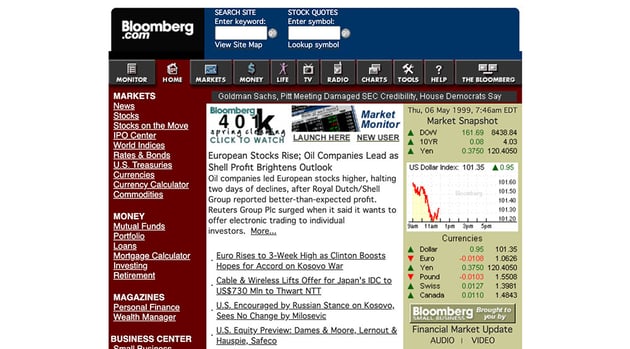

What is Web 2?
With the term coined in 1999 by Darcy DiNucci, Web 2 came next, officially taking hold after the first Web 2.0 Conference in 2004. It’s considered the “read/write” version of the internet. It meant users could open and edit files rather than just view them—users became more active than during the web’s first iteration. The community of people sharing information grew, and everyone could become a publisher.
Earlier iterations of Web 2 included people owning and publishing blogs like Tumblr and Craigslist, evolving to the creation of social media presences, including Twitter, Facebook, and Instagram.



“If Netscape was the standard bearer for Web 1.0, Google is most certainly the standard bearer for Web 2.0” — Tim O’Reilly
As Web 2 has grown, some have become tired of the vast amount of power large tech companies have in the sphere and are looking for more control over their data and content.
Examples:
- Blogs
- Social networks
- Google Maps
And So… What is Web3?
This demand for taking back control is integral to Web3. It focuses on shifting power from big tech companies to individual users—you can think if it as the “read/write/own” phase of the internet.
Many critics felt that Web 2 demanded too much trust—users would sign over their data in order to access free websites. Too much power was in the hands of too few.
Instead, Web3 uses blockchains, cryptocurrencies, and NFTs to give power back to users. As a user, if you hold tokens, you have your say over the network. You don’t need to work at a big powerhouse like Twitter or Google to earn a seat at the table.
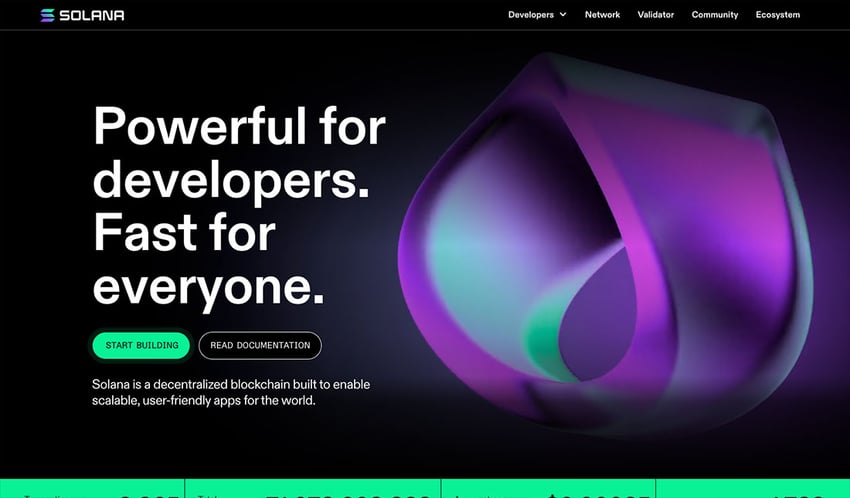
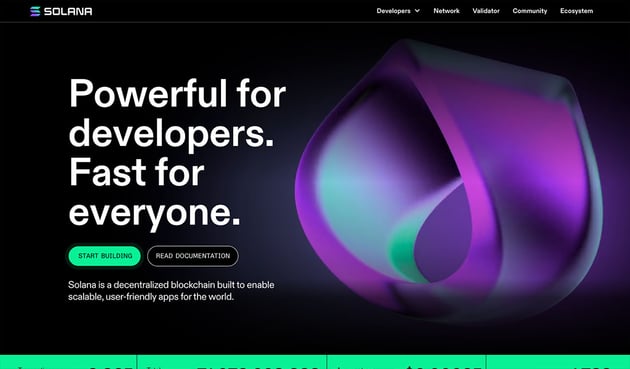
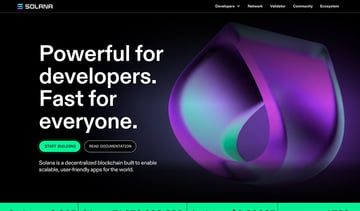
Examples:
- Gaming that allows players to buy and sell cryptocurrency
- Blockchain technology
- Virtual reality (VR)
- Augmented reality (AR)
What Are The Benefits of Web3?
1. Decentralization
Users can own and govern sections of the internet, rather than relying on services offered by the likes of Google, Apple, or Facebook. This also helps to make Web3 safer and more efficient than Web 2.
2. Transparency
The decentralized web enables people to track their data and access any source code on the platforms they decide to use. They no longer need to rely on anyone else to access the data.
3. Personalization
Users can expect a more personalized experience when accessing the internet. This also helps marketers reach their target audiences more effectively and deliver content that is relevant to consumers. Search results will also become more precise.
4. Reliability
Web3 is expected to be more stable because of its decentralized design, meaning it’s not possible to have a single point of failure.
And What Are the Challenges of Web3?
1. Harder to Access
Users may need devices with above-average specs, and it may be harder for some people to access. For example, 3D graphics, blockchain processing, and artificial intelligence need high-capacity computers.
2. Difficult to Regulate
Decentralized apps without adequate restrictions in place will be free from censorship, which can make the space more difficult to monitor than previous iterations. New privacy policies will need to be put in place.
3. Data
While users having more control of their data can be seen as an advantage, blockchain technology records all transactions in a public transcript. This may make it easier for others to view personal and public data.
How Web3 Will Benefit Business
- Increased security: We often hear of websites getting hacked, which, depending on the scale, can cost millions of dollars and harm the business’ reputation—sometimes beyond repair. Data breaches and hacks are expected to become minimal with Web 3.0, which will put business owners’ (and customers’) minds at rest.
- More transparency: With Web 2, it can be difficult for users to find out how their data is being used. However, Web3 allows businesses to create an unchangeable record of transactions on the blockchain which everyone can access.
- Extreme personalization: The new iteration of the internet means businesses can treat their consumers like the individuals they are! It will bring incredible personalized content feeds curated for each person’s exact preferences. Recommendations will be based on what an individual has done in the past, without the need to add a long list of preferences to search terms.
- Innovation: With a new iteration of the internet comes the opportunity to innovate! Web3 can house virtual environments, like the metaverse, and the platform will be more open and accessible for brands to experiment.

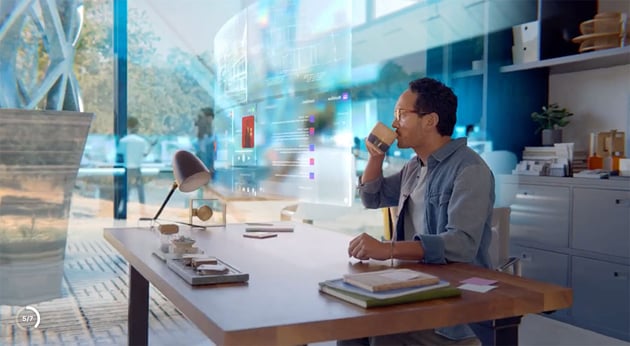

How Web 3.0 May Change User Experience
So, you understand the concept, but what will Web3 look like in the “real world”? What will designers need to think about and how will engaging with the internet change with this new iteration? Here are a few things to look out for…
- Artificial intelligence (AI): As touched upon earlier, Web 3.0 uses AI to develop computers that can understand context or more complex user requests more quickly. It will mean that rather relying on more general top ten lists when exploring a new city, you will be able to explore locations recommended based on your previous travels. Advancements in AI could also led to better customer support, for example, higher performing chatbots and interfaces like ChatGPT.
- Non-fungible tokens (NFTs): NFTs are linked to digital or physical assets, with each one being unique and non-transferable. NFTS have made waves in the art and fashion worlds, with the most expensive NFT to date, known as The Merge, being sold for $91.8m.


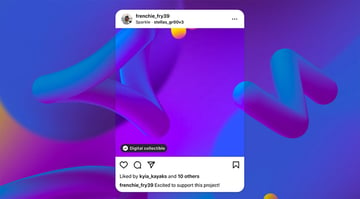
- The Metaverse: You can think of the metaverse as the Web 3.0 interface—how we interact and engage with the web will look very different. Relying on VR and AR, the user will have a far more immersive experience than they’ve ever been able to in the past. Think of conference calls today—often, each person is sat behind a screen and although you can communicate with others, it very much feels like you’re apart. With the metaverse, we can all have avatars and be able to interact together in a virtual space.
What are you most looking forward to when it comes to Web3? Let us know!